Supermoon sendiri bukanlah istilah dalam astronomi, melainkan dalam astrologi. Kalangan astrolog biasanya mengidentikkan supermoon dengan kekuatan jahat atau bencana. Seorang astrolog bernama Richard Nolle, misalnya, memperkirakan bahwa supermoon kali ini akan menimbulkan bencana gunung berapi dan badai.
Kabar yang beredar di internet juga menyebut bahwa supermoon yang akan terjadi esok berkaitan dengan bencana gempa dan tsunami yang terjadi di Jepang Jumat (11/3/2011) lalu. Namun, hal tersebut ditampik oleh para astronom dengan mengatakan efek supermoon sangatlah kecil.
Dalam dunia astronomi, Bulan bisa berada di titik terjauh dan terdekat dengan Bumi. Titik terjauh dikenal dengan apogee, sedangkan titik terdekat dikenal dengan perigee. Saat Bulan mencapai titik terdekat atau perigee inilah, fenomena yang dikenal dengan supermoon terjadi.
Publikasi space.com menyebutkan, Bulan akan mencapai jarak terdekatnya dengan Bumi dalam kurun waktu 18 tahun terakhir. Bulan "hanya" 356,577 kilometer dari Bumi. Ini 30.000 kilometer lebih dekat dengan jarak rata-rata Bumi-Bulan biasanya yang berkisar 382.900 km.
Berdasarkan waktu Indonesia, jarak terdekat Bumi-Bulan tersebut akan terjadi pada Minggu (20/3/11) dini hari pada pukul 02.10 WIB. Puncak purnamanya sendiri bisa dinikmati pukul 01.11 atau 59 menit sebelum jarak terdekat Bumi-Bulan dicapai.
Bulan yang istimewa ini takkan bisa dinikmati langsung dengan mata telanjang. Untuk membedakan "kegemukannya", harus digunakan teleskop. Untuk menikmatinya pemandangan terbaik ini, seseorang juga mesti memlih lokasi yang lapang dan gelap hingga cahaya Bulan bisa lebih terang.
Akibat kedekatannya, maka Bulan akan sedikit memengaruhi kondisi di Bumi. Misalnya meningkatnya gelombang pasang yang terjadi akibat gaya tarik Bulan yang sedikit lebih besar. Bagi nelayan, kondisi ini perlu diwaspadai dan sebaiknya tak melaut.
Pengaruh lain adalah meningkatnya aktivitas seismik dan gunung berapi. Namun, sekali lagi efeknya sangat kecil. Jim Garvin dari Goddard Space Flight Center NASA di Greenbelt bahkan mengatakan, "Super dalam supermoon hanyalah karena penampakan yang lebih dekat."
Apa pun itu, menikmati fenomena alam yang jarang terjadi tentunya mengasyikkan. Apalagi bisa mengetahui "super"-nya bulan purnama. Selamat menanti Supermoon....
Sumber :
SPACE.COM
Super Full Moon
March 16, 2011: Mark your calendar. On March 19th, a full Moon of rare size and beauty will rise in the east at sunset. It's a super "perigee moon"--the biggest in almost 20 years.
"The last full Moon so big and close to Earth occurred in March of 1993," says Geoff Chester of the US Naval Observatory in Washington DC. "I'd say it's worth a look."
Full Moons vary in size because of the oval shape of the Moon's orbit. It is an ellipse with one side (perigee) about 50,000 km closer to Earth than the other (apogee): diagram. Nearby perigee moons are about 14% bigger and 30% brighter than lesser moons that occur on the apogee side of the Moon's orbit.
"The full Moon of March 19th occurs less than one hour away from perigee--a near-perfect coincidence1 that happens only 18 years or so," adds Chester.
A perigee full Moon brings with it extra-high "perigean tides," but this is nothing to worry about, according to NOAA. In most places, lunar gravity at perigee pulls tide waters only a few centimeters (an inch or so) higher than usual. Local geography can amplify the effect to about 15 centimeters (six inches)--not exactly a great flood.
Indeed, contrary to some reports circulating the Internet, perigee Moons do not trigger natural disasters. The "super moon" of March 1983, for instance, passed without incident. And an almost-super Moon in Dec. 2008 also proved harmless.
Okay, the Moon is 14% bigger than usual, but can you really tell the difference? It's tricky. There are no rulers floating in the sky to measure lunar diameters. Hanging high overhead with no reference points to provide a sense of scale, one full Moon can seem much like any other.
The best time to look is when the Moon is near the horizon. That is when illusion mixes with reality to produce a truly stunning view. For reasons not fully understood by astronomers or psychologists, low-hanging Moons look unnaturally large when they beam through trees, buildings and other foreground objects. On March 19th, why not let the "Moon illusion" amplify a full Moon that's extra-big to begin with? The swollen orb rising in the east at sunset may seem so nearby, you can almost reach out and touch it.
Don't bother. Even a super perigee Moon is still 356,577 km away. That is, it turns out, a distance of rare beauty.
See the ScienceCast of this story on YouTube at: http://www.youtube.com/watch?v=r1yalg_Apdw
sumber :
http://science.nasa.gov
http://hermawayne.blogspot.com



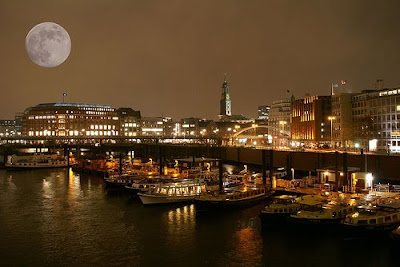


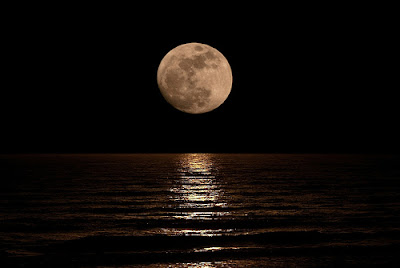


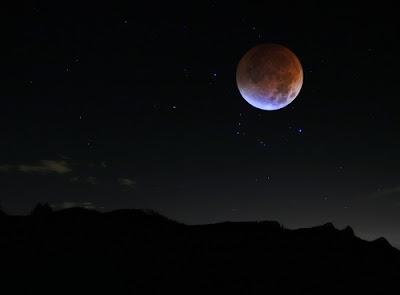







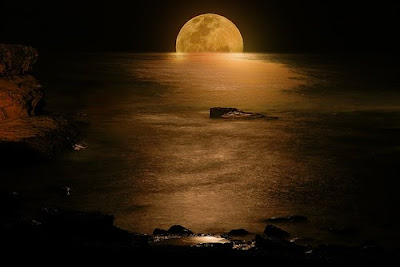
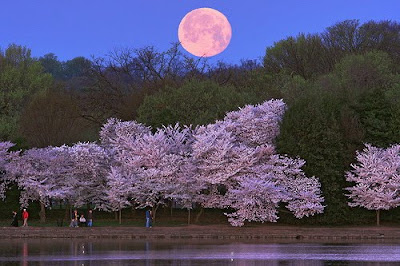

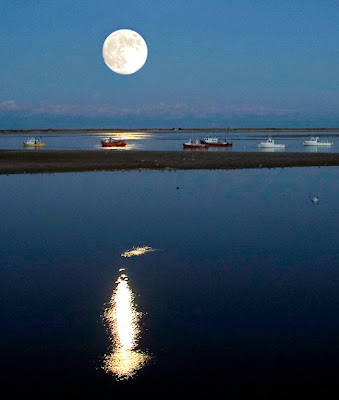

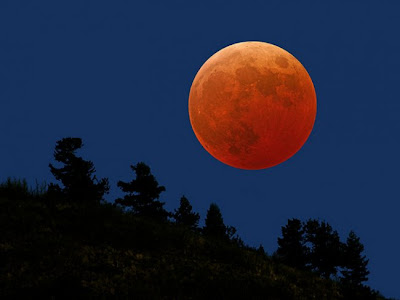



0 komentar:
Posting Komentar